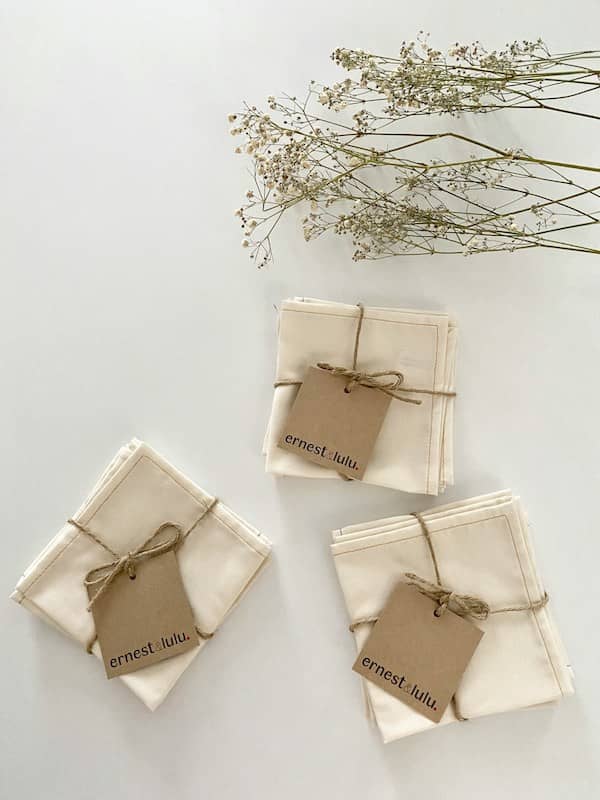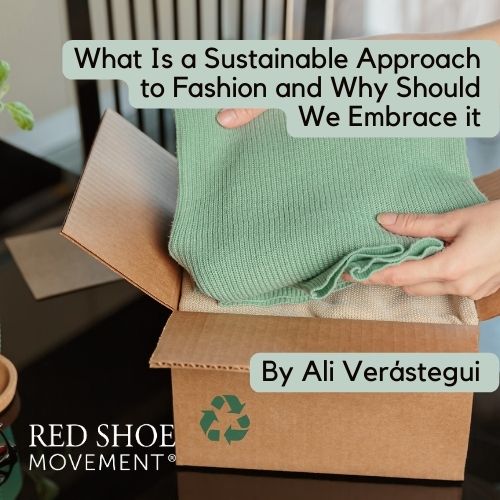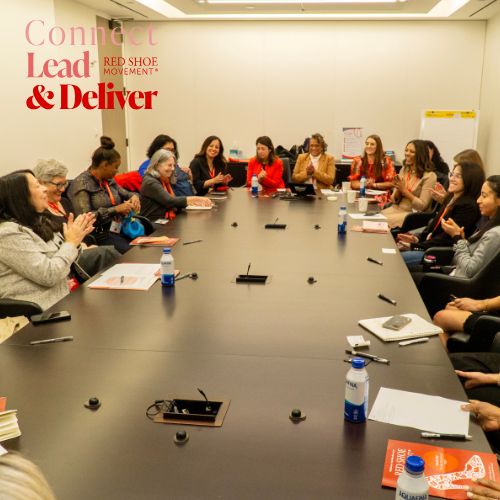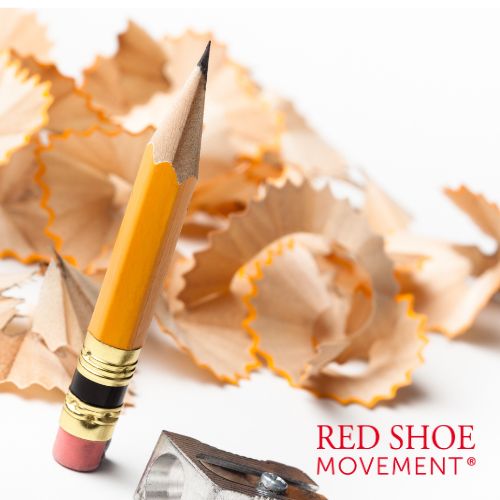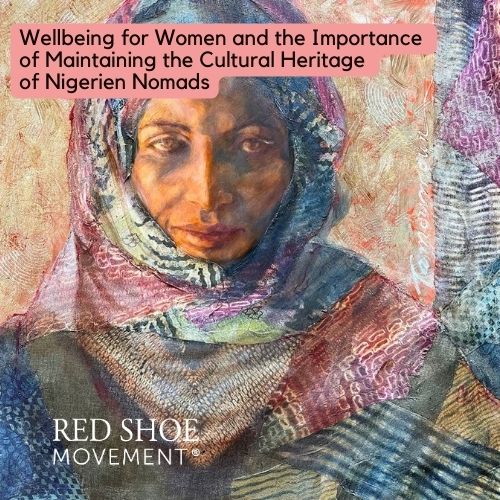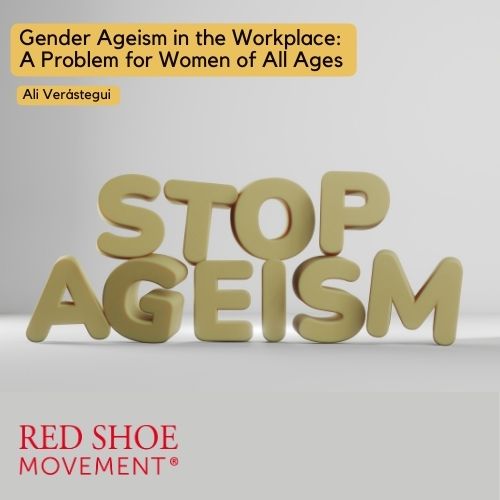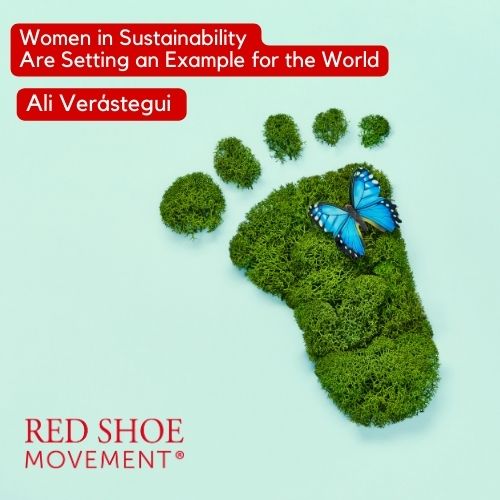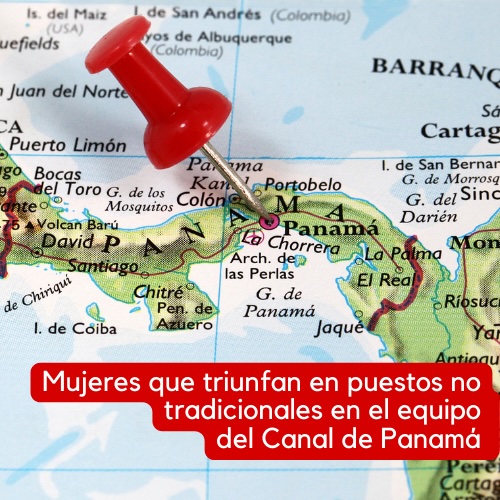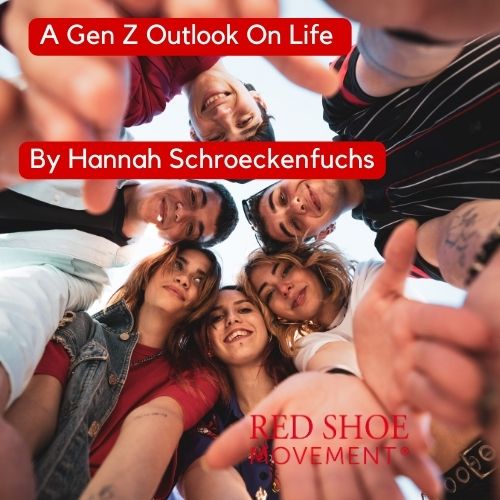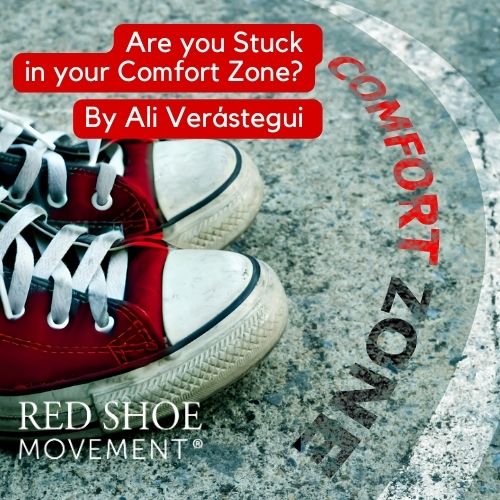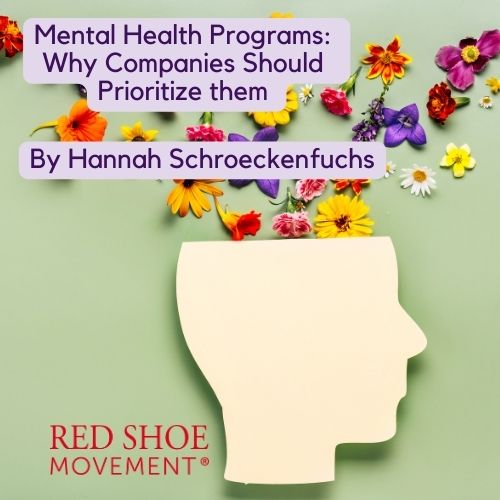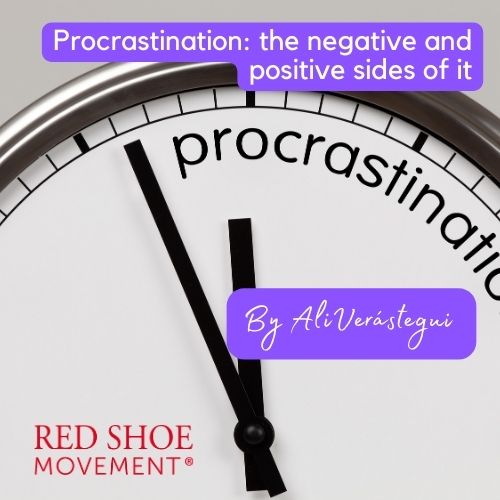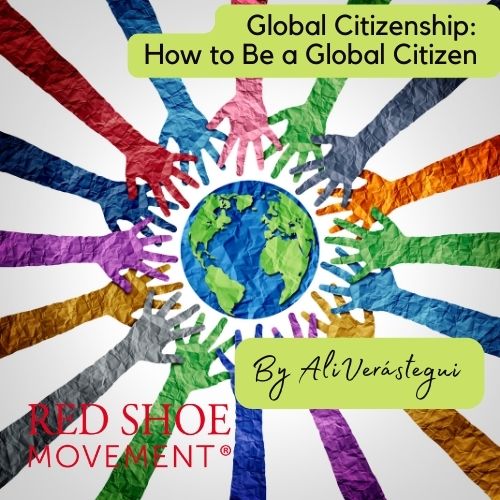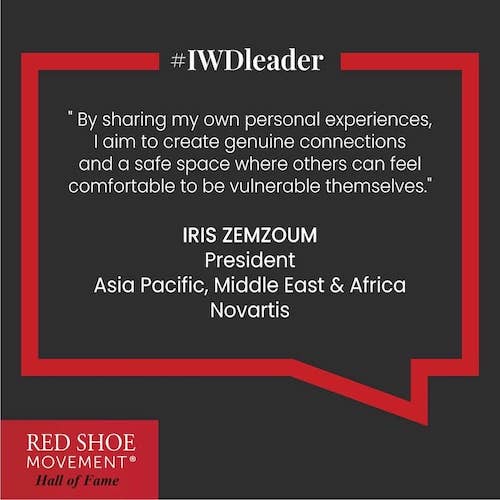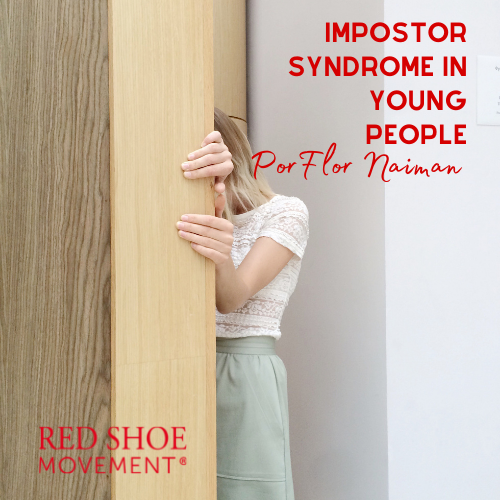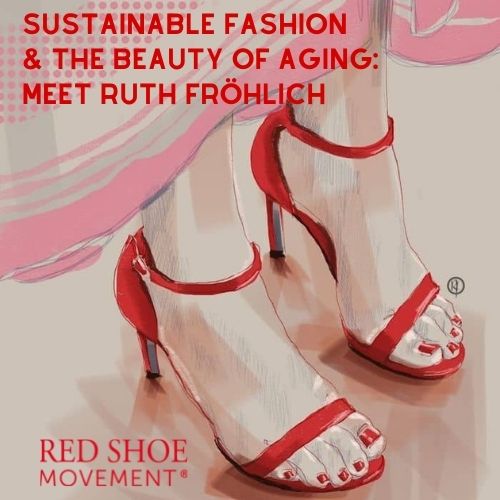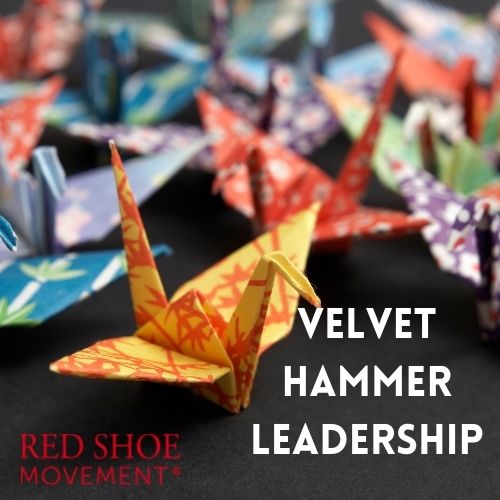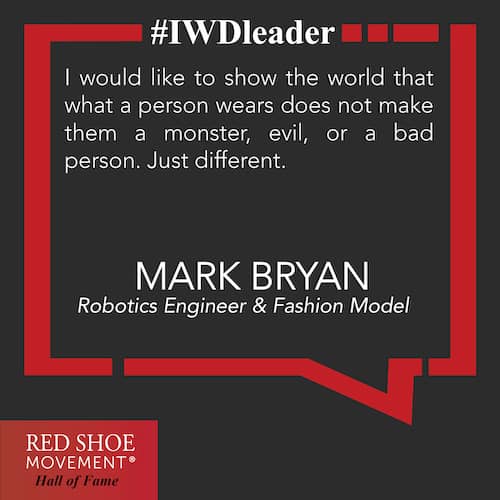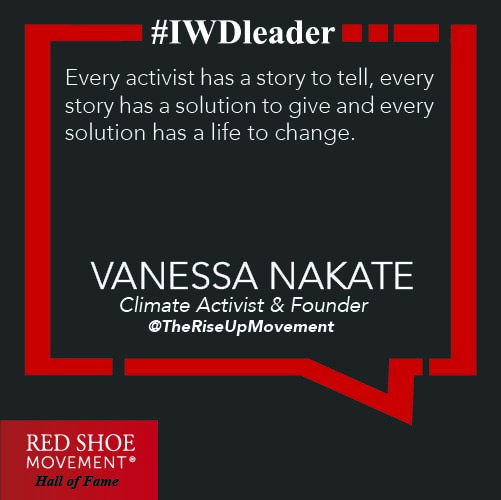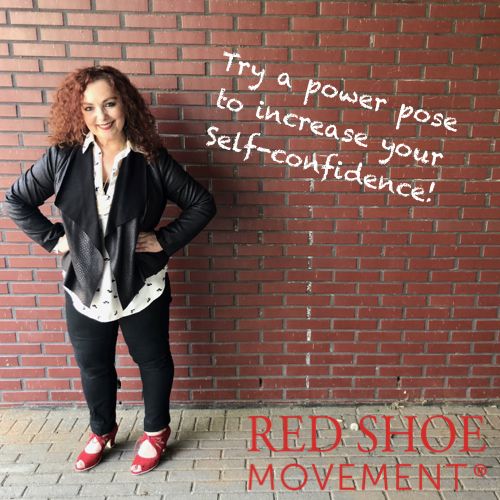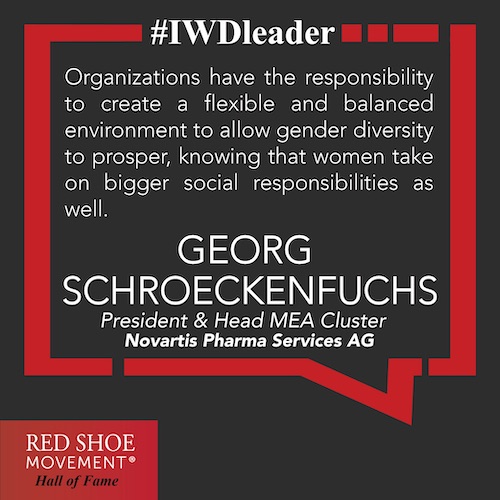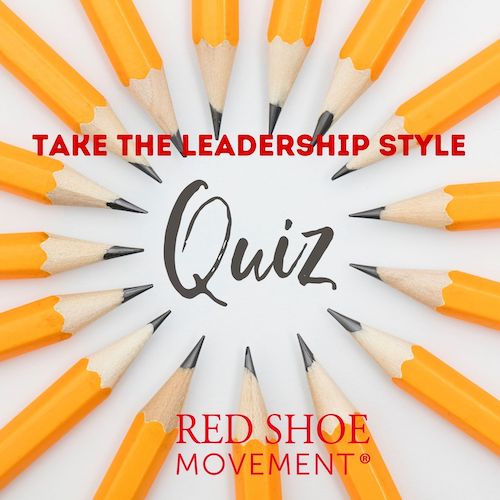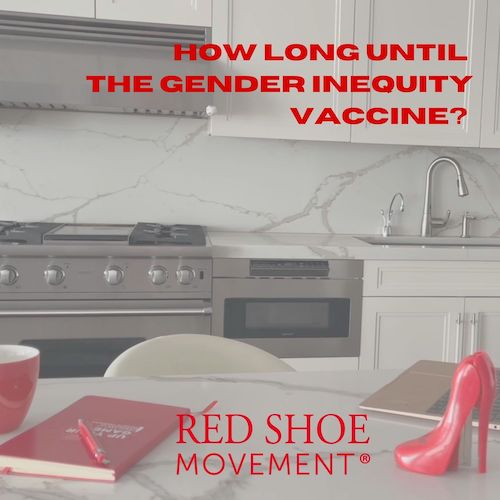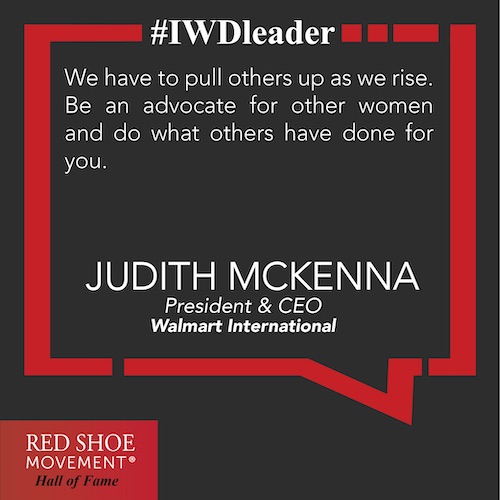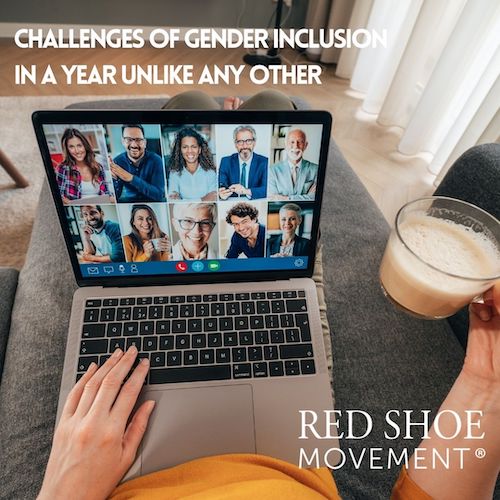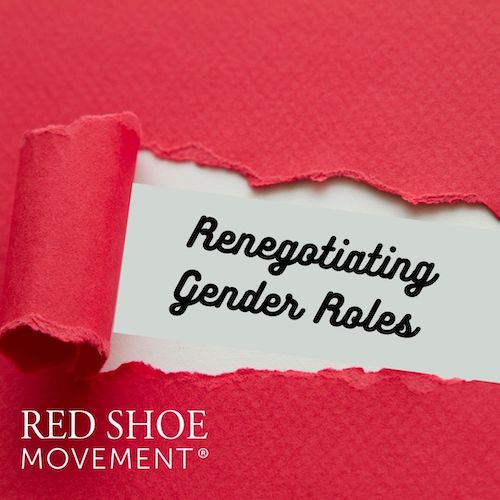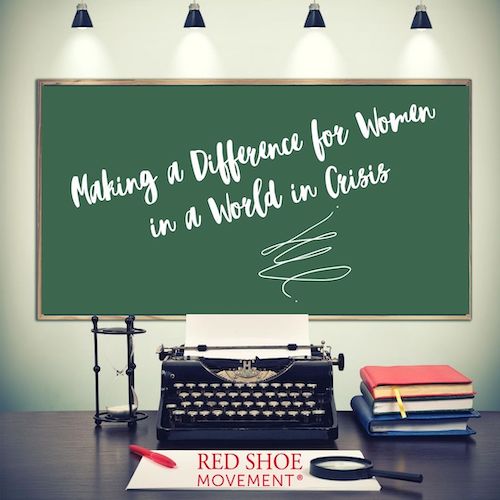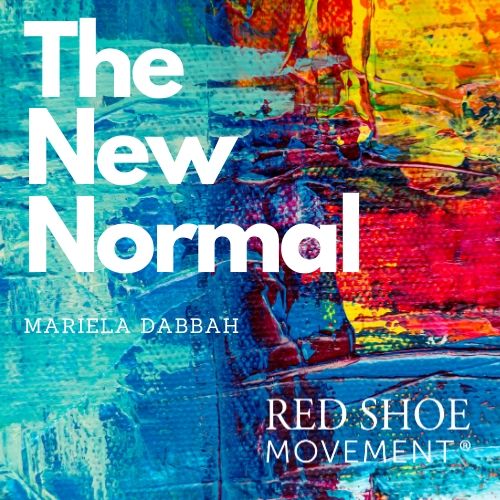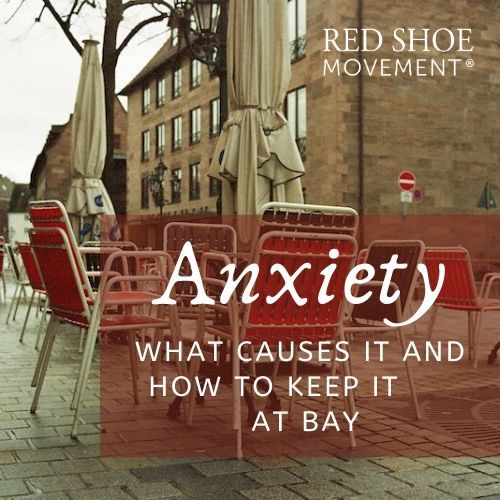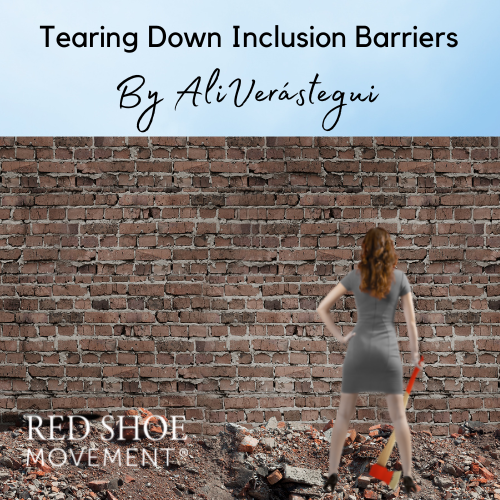Embracing a sustainable approach to fashion is more important than we may realize. According to some research, the global fashion industry is expected to reach a value of $3 trillion by 2030.
This fast-growing business is responsible for 2 to 8% of the greenhouse emissions in the world, and brands play a big role in realizing the Sustainable Development Goals set by the United Nations in 2015.
These seventeen goals to act and create a more sustainable future for everyone include a hands-on approach to climate change, poverty, and environmental degradation. They must also be achieved by 2030.

A sustainable approach to fashion encompasses not just environmental, but social issues as well. Fashion employs 300 million people worldwide, many of them women.
Good working conditions and fair renumeration are among the necessary improvements in an industry where many workers get less than minimum wage in often terrible conditions. In short: A sustainable approach to fashion demands that clothes, shoes, and accessories are created, consumed, and disposed of in a way that promises to safeguard the environment and those producing the garments.
Circular Economy Through Recycling Footwear
Why a Sustainable Approach to Fashion Needs to Happen Now
1Fashion is one of the most polluting of all industries in the world: In addition to being responsible for 2-8% of the world’s greenhouse gas emissions, around 87% of the 150 billion garments produced every year (40 million tons) end up in landfills where they are incinerated and release pollution and toxins into air, soil, and water. Dyeing and finishing processes (how color and other chemicals are applied to fabrics) are responsible for 3% of global CO2 emissions as well as over 20% of global water pollution.
2Washing synthetic clothing accounts for 35% of microplastics in the ocean: A large percentage of clothing is made partially or completely of synthetic fibers, which means that every time our clothes go through the wash, they shed microfibers that end up in the environment. A study found that every time a garment is washed “up to 700,000 microscopic fibers make their way into our oceans, where they are swallowed by sea life and become incorporated into the food chain.”
Dreamwalkers: Handcrafted Sustainable Shoes That Are Built to Last
3Factory’s garment workers often pay for fast fashion’s cheap costs: Founding director of Walk Free’s Global Slavery Index, Grace Forrest says exploitation in the fashion industry is standard, with modern slavery present at every level of most brands’ supply chain. According to the latest findings from, the estimated number of people living in modern slavery globally is 50 million. Ethical production, she says, remains the exception rather than the rule. UNICEF also estimates that over 100 million children are affected in the garment and footwear supply chain globally.
4The fashion industry has an enormous water footprint: It takes 3,000 liters of water to make a single cotton t-shirt and around 215 trillion liters are consumed by the industry every year. Between 8,000 and 10,000 liters go into producing one kilogram of cotton, with many of its key producing countries under high water distress.
5Non-organic cotton is one of the most pesticide-intensive crops: Many of the chemicals used in cotton production are considered hazardous by the World Health Organization. It uses 4.7% of the world’s pesticides and 10% of the world’s insecticides and was declared the world’s dirtiest agricultural commodity by the Environmental Justice Foundation.
6Deforestation in the Amazon rainforest: The fashion industry has also played a big role in destroying the Amazon, the world’s largest tropical rainforest. Trees are used to produce cellulosic fibers and many major brands don’t seem to mind accelerating the deforestation to aid their production of leather garments. Earthday.org reports that between 2001 and 2015, over 20 million hectares were deforested for pasture, which makes up half of the Amazon’s total tree loss.
7People buy more clothes but don’t keep them long: Fast fashion and the fast pace at which it is produced has made it easier for new trends to be introduced way more than just seasonally. People buy more than they did before, but they also wear some pieces less than ten times before disposing of them. In fact, many of the clothes people buy for special occasions are only worn once. On top of it all, only 1% of all discarded clothing is recycled, since the necessary systems to collect, sort, and distribute clothes are not always easily available.
Ruth Fröhlich’s: Sustainable Fashion and the Beauty of Aging
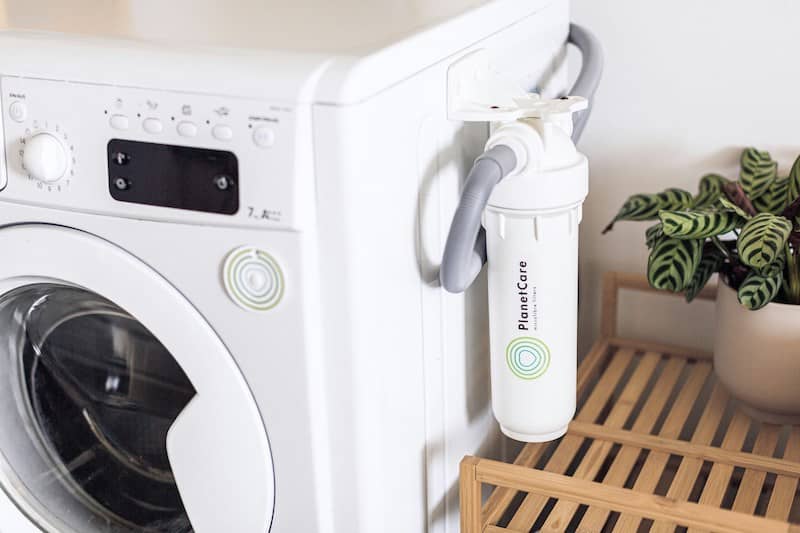
How Can You Implement a More Sustainable Approach to Fashion
1Buy less and better and make it last: It’s easy to get carried away when there’s a sale or while online shopping, but before you start spending ask yourself: Why are you buying what you are buying? Is it something you need? Do you own anything similar? Do you see yourself wearing it more than a handful of times? A study in the UK showed that 50million garments are bought and worn just once during wedding season in the UK. Also, consider investing in better quality clothes and sustainable brands. They may be more expensive, but they will be better for the planet and last longer in your closet or drawers.
2Be aware of who makes your clothes: It will take a little more effort, but you can look for brands that are transparent and have Fairtrade certifications and other proof of their wage policies, working conditions and sustainability efforts. Sites like Project Cece will let you find sustainable fashion brands that meet their sustainability standards; these include fair trade, ethical production, and environmentally friendly policies, among others. Brands must at least meet their environmentally friendly and fair-trade standards, but they also have a label for those dedicated to bettering the world by supporting good causes in addition to being fair, good quality, and eco-friendly.
3Pay attention to what your clothes are made of: Know your materials and try to avoid synthetic fabrics like polyester and non-organic cotton. You can also try to buy more clothes made out of fabrics like organic cotton, which doesn’t waste as much water and skips the harmful pesticides and chemicals that affect the most vulnerable communities and pollute air, land and water. You can look for certifications like the Standard 100 by OEKO-TEX, BLUESIGN, and the Global Organic Textile Standard.
4Get a microfiber filter: These filters can be retrofitted on most washing machines and they’re the best way to stop microfibers from going down the drain and ending out in nature and in our oceans. Brands like PlanetCare offer starter kits for under $100 dollars that stop 98% of microfibers. When the filters are full, you can send them back to PlanetCare so they can recycle the microfibers and refurbish the cartridges to be used again.
5Embrace secondhand and vintage shopping: You’ll be extending the life of garments and, most of the time, you will also be getting one-of-a-kind pieces or even a rare designer finds for your collection. There are sites like Thrifted.com, Beyond Retro, and Etsy, with other destinations like TheRealReal and James Veloria for those who are simply vintage-obsessed and want to spend a little more. Many of these places will also let you sell clothes; in case you have some well-loved treasures that you are ready to let go off to someone else.
